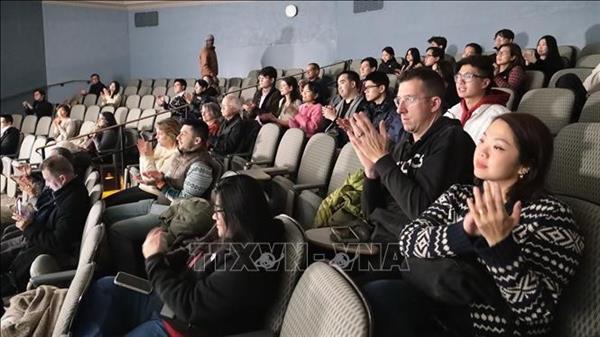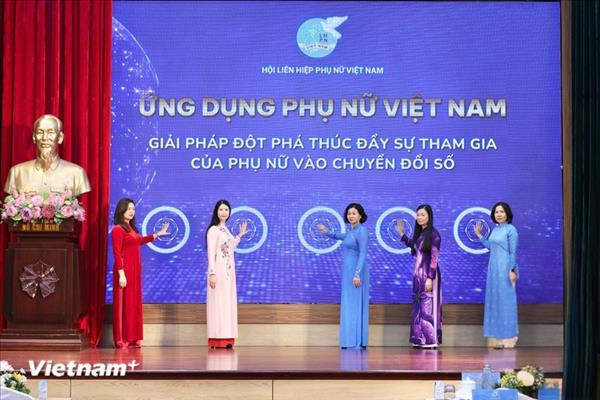Prominent among the guests at the the inaugural ceremony were experts from the United Nations Educational, Scientific and Cultural Organisation (UNESCO) and scientists from the Vietnamese Ministry of Natural Resources and Environment.

At the ceremony (Photo: VNA)
|
Apart from lithophones of Vietnam’s M’Nong ethnic minority group, the house also showcases other types of lithophones of ethnic minority groups across the world.
The house is set to become a tourist destination of the Dak Nong geopark, which is being assessed by the UNESCO for the global geopark status.
People in the Central Highlands created the rock gong or lithophone, a musical instrument made of rocks, thousands of years ago. The sound of the lithophone can express the happiness or sadness of the Central Highlanders, the mystery of their majestic forests, or the murmur of a brook.
The first lithophone of the M’Nong was discovered in Dak R’lap district, Dak Nong province, in 1993.
The M’nong produced many lithophones. They combined rocks of different sizes to create melodies. The long, thick rocks create deeper sounds while short, thin rocks create clearer sounds.
A lithophone usually has 6 rocks of different sizes. The longest is about 30 cm, and the smallest 10 cm. They make sounds similar to a 6-tone gong set called a Cung Bor. In ancient times, the M’Nong used lithophones to scare away wild animals and protect their crops. Later they used lithophones in community events such as New Year festivals and celebrations of planting and harvesting.
The M’nong considered rock gongs a way to connect the world of men with the world of genies and spirits, the present with the past.
For thousands of years the M’nong and other ethnic groups in the Central Highlands have used bronze gongs and they still preserve many sets of lithophones. They play the rock gongs to preserve their cultural values and to maintain a connection with the past.
VNA/VNP

















